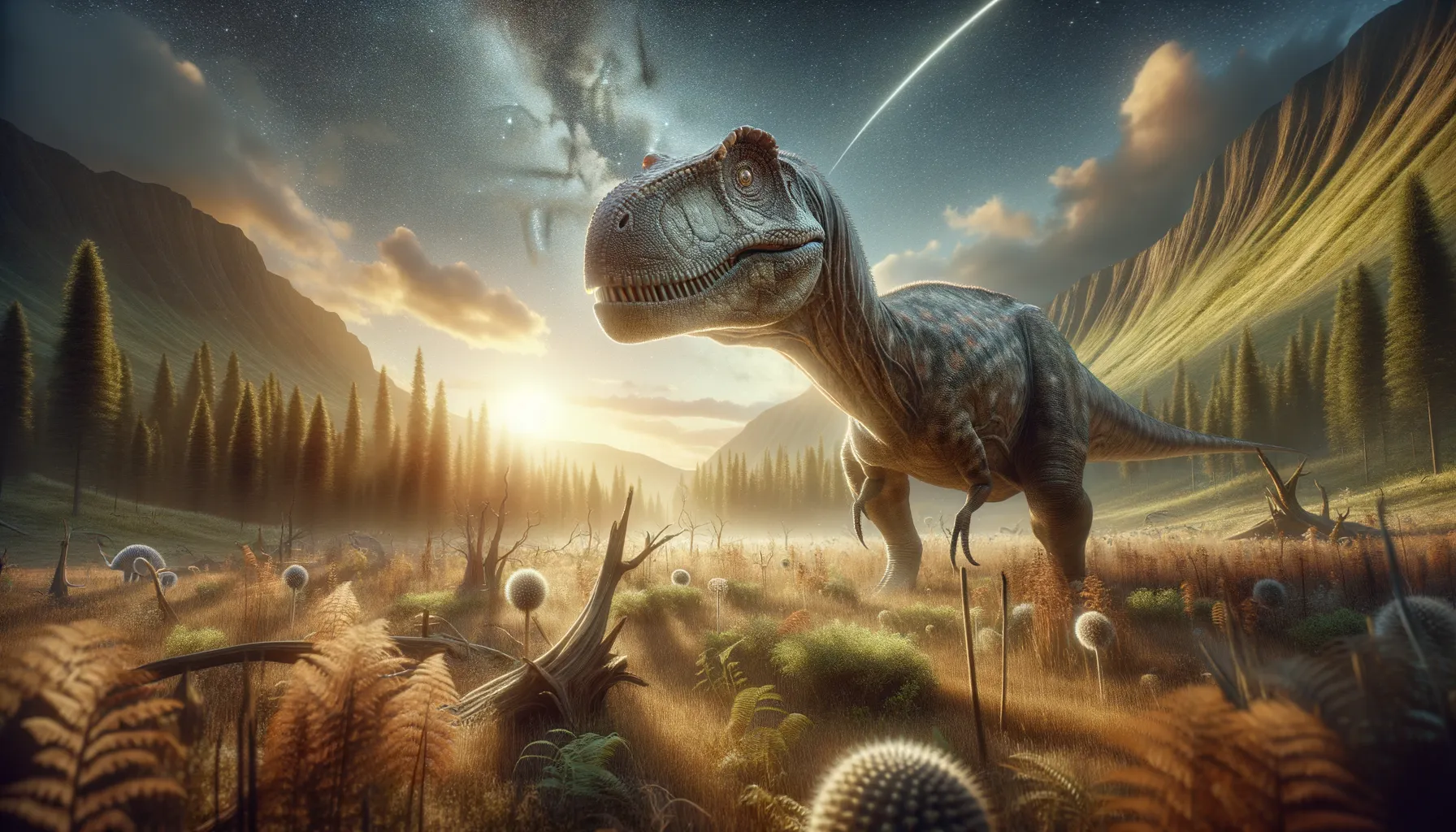
Foraminacephale
Small stature, great survivor in the wild.
Period
Cretaceous
Length
Roughly 1.5 meters long.
Height
About 0.6 meters tall at the hips.
Weight
Approximately 10-20 kilograms.
Foraminacephale was a small, plant-eating dinosaur known for its dome-shaped skull. It roamed the Earth during the Late Cretaceous period, living in what is now North America. Though small in stature, this dinosaur played a significant role in its ecosystem. Its well-developed legs suggest it could move quickly, likely a necessary trait for evading larger predators. Recent discoveries continue to shed light on its behavior and lifestyle.
Diet
Foraminacephale was herbivorous, feeding primarily on leafy plants, ferns, and possibly fruits. It likely used its beak to nip at vegetation, consuming a variety of plant materials to sustain itself.
Hunting
As a herbivore, Foraminacephale did not hunt other animals. Instead, it foraged for plants, constantly on the lookout for safe areas rich in foliage.
Environmental challenges
Climate fluctuations during the Cretaceous could have posed challenges, forcing it to adapt to changes in available vegetation. Predation from larger theropods might have kept Foraminacephale on its toes, influencing its behavior and migratory patterns. Competition for resources with other herbivorous species would also have been a constant pressure.
Speed
Moderate based on its build and leg structure.
Lifespan
Estimated to be around 20-30 years.
First discovery
Identified from fossils in North America.
Fun Facts
- Foraminacephale was a small herbivorous dinosaur that lived during the Late Cretaceous period.
- The name 'Foraminacephale' means 'pierced head', referring to its unique skull features.
- It belonged to the pachycephalosaur family, known for their thick, dome-shaped skulls.
- Foraminacephale's dome might have been used in head-butting behaviors for dominance or courtship.
- Fossils of Foraminacephale have been found in Alberta, Canada, suggesting it lived in what is now North America.
- This dinosaur likely had a bipedal stance, walking on two legs like a modern bird.
- Despite its tough skull, Foraminacephale was not a large dinosaur, roughly the size of a sheep.
Growth and Development
Foraminacephale likely grew quickly, vulnerable in its younger stages before reaching full maturity. Its distinctive skull dome might have played a role in social interactions as it developed. Juvenile Foraminacephale likely stayed close to adults for protection and learning survival strategies.
Habitat
Foraminacephale inhabited forested areas where dense vegetation provided cover and food. It thrived in semitropical climates with plentiful rainfall. Rivers and water bodies in its habitat would have been vital for hydration and possibly social gatherings.
Interaction with other species
Foraminacephale likely coexisted with other small herbivores, competing for similar plant resources. Its small size made it less of a threat to larger herbivores yet vulnerable to predators like small theropods. It may have formed groups to increase survival rates and better spot approaching danger.
Natural lifespan
The natural lifespan was possibly around 20-30 years.
Reproduction
Likely oviparous, Foraminacephale laid eggs in nests built on or near the ground. Parental care might have been limited, with young being relatively independent shortly after hatching. The species probably relied on numbers to ensure that enough offspring survived to adulthood.
Social behaviour
Foraminacephale probably exhibited some social behavior, traveling in small groups or herds for better protection. The dome of its skull could have been used in ritualistic displays or combat with rivals. Communal living would have also facilitated learning among younger members of the group.
Fossil locations
Fossils of Foraminacephale have been discovered primarily in regions of Canada. These finds have provided valuable insights into its anatomy and lifestyle. Additional fossil sites in North America continue to reveal more about this intriguing dinosaur.
